Jastrow Illusion
In the image below, the red object on the bottom looks significantly larger than the orange object on the top, right?
Believe it or not, both objects are the exact same size. This illusion was discovered by American psychologist Joseph Jastrow in 1889. As such, it is often referred to as the Jastrow Illusion.
EDIT: The above photograph of the orange and red objects was taken from an angle. So if you print out this specific image and then cut out each object, they will be different sizes. Had the photograph been taken from directly above the objects, it would work. Located below is an alternate version of the Jastrow illusion. Feel free to either trace the two objects or print and cut them out. Object B appears to be larger than Object A, but they are identical in size.
Below is a video that also helps to demonstrate this illusion.

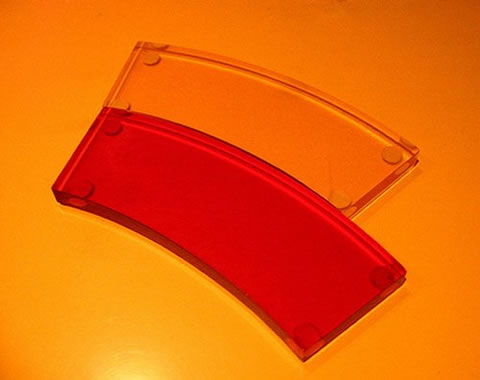
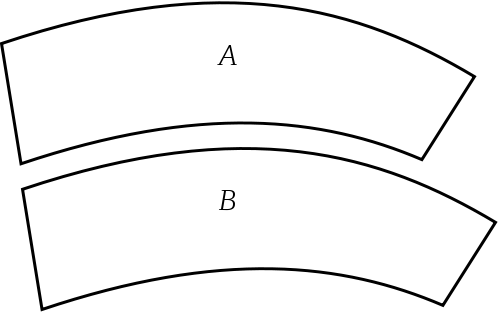
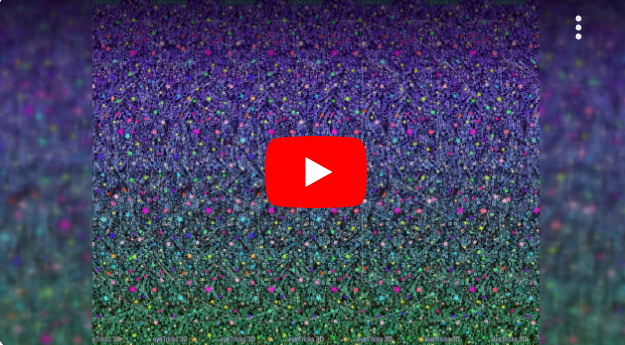
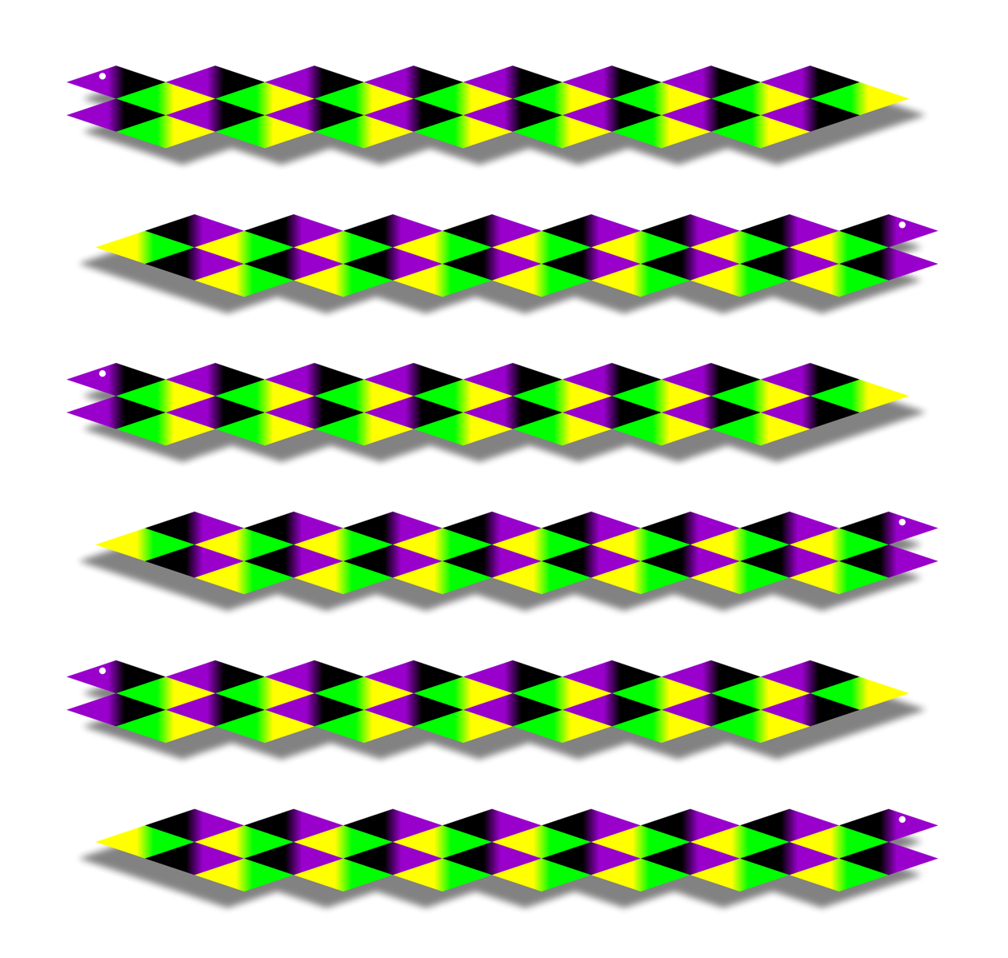
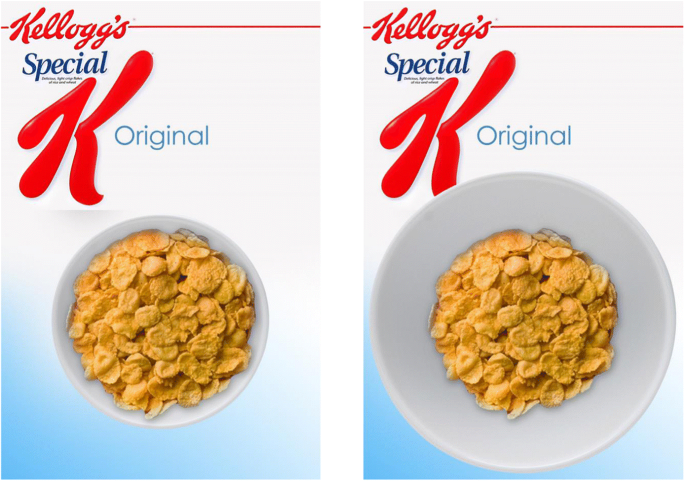
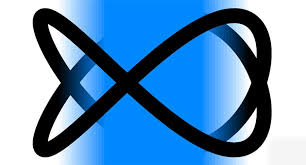
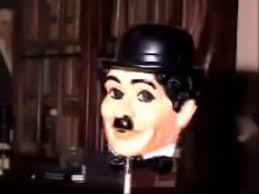
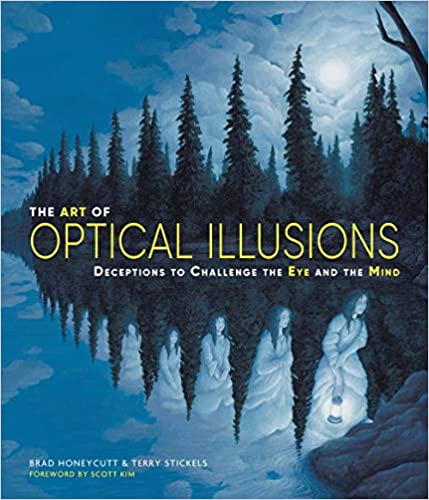

 (2 votes)
(2 votes)
Can you explain this? Am I supposed to believe they are the same size just because you say so? What makes this illusion work?
Stacking them on top of one another like this, your eye compares the bottom (short) edge of the top object with the top (long) edge of the bottom object.
This is an illusion that you can easily do yourself at home. Find something that is curved like a piece of toy train track. Or you could cut out two identical curved shapes like those shown in the photograph. Put one on top of the other and one will appear to be larger.
Take a clear cellophane paper and trance the orange figure with a pen on it. Slide it over the red one below. There is NO question that the orange figure is much smaller than the red. This example must’ve been poorly chosen for the ” illusion “.
Since the photograph was taken a bit of an angle, they will be a bit different if you do this. Take one of the figures that you traced on the clear cellophane paper and make a replica of it. Then compare the two (with one on top of the other) as demonstrated on the picture. Let us know the results!